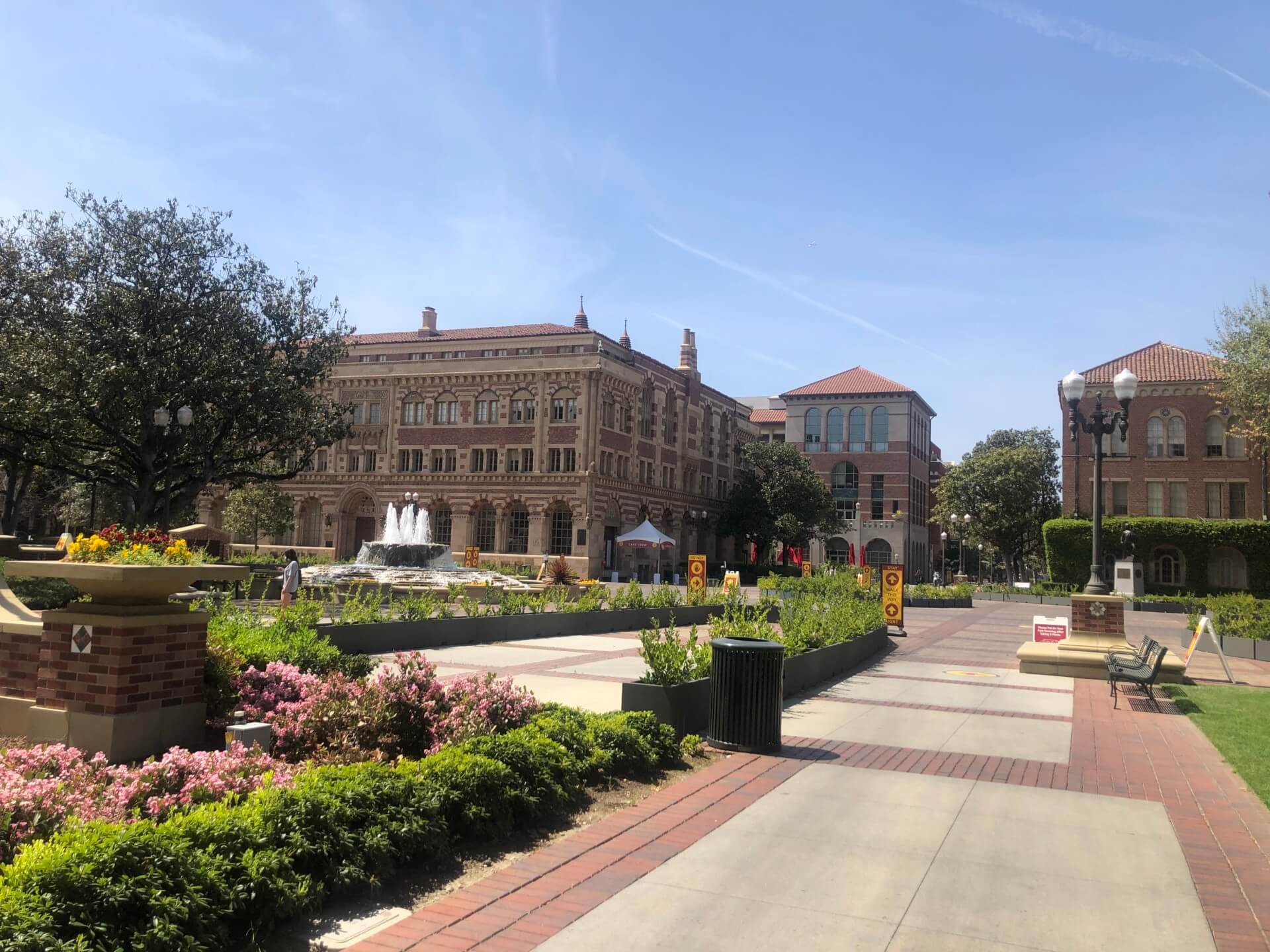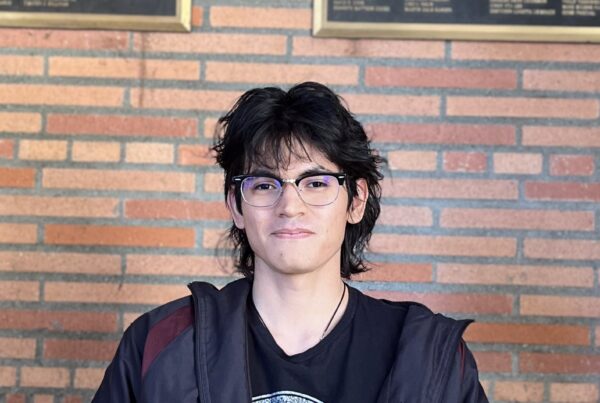As a chemical engineer with a sustainable energy emphasis and an interest in pursuing environmental policy post-grad, I am always searching for ways to relate my engineering classes in some way to climate change mitigation.
So you can imagine my excitement (and surprise!) when earlier this semester, my senior design project prompt was announced, and the topic assigned was carbon capture technology. Carbon capture is the process of separating carbon dioxide from other materials created in industrial processes, to reduce carbon emissions from industrial or power plants. This separated CO2 can be treated in several different ways, including sequestration (storing it in an underground chamber), Enhanced Oil Recovery (using it to make oil drilling more effective), and as a reactant in other chemical processes.
Our project relies on the third of these options – the CO2 we are separating is meant for use in a methanol production plant (methanol is a chemical substance that is used in a range of commercial applications, including as a fuel for engines!), and so our project includes modeling both the carbon separation and methanol production processes using a chemical engineering software. This is the most comprehensive engineering-style group project I have been part of, and as such has brought with it new and in some cases exciting challenges. In a past class, Sustainable Energy for Chemical Engineers CHE 450, I worked on a project where my group and I compared the environmental, economic, and social impacts of three different types of straws (plastic, paper, and metal) and I was surprised to find that this actually seemed to set me up pretty well for this senior design project.
For senior design, we are creating a plan for a carbon capture plant from start to finish – this includes planning the chemical processes that we need to create, designing the equipment (from their sizes, to their operating pressures and temperatures, to their materials), conducting an economic analysis (figuring out how much equipment and materials will cost, and how much money we could make by selling the methanol product), and conducting sustainability, environmental, and safety analyses. I was definitely initially surprised by the range of responsibilities – what does calculating taxable income have to do with engineering? – but as I’ve continued with the semester, I am actually very grateful to be able to get a taste of so many different aspects of planning the construction of a plant.
While I may not be interested in process engineering or plant design post-graduation, one thing I am interested in is climate action! Since this process has involved designing a carbon capture plant (meant to reduce greenhouse gas emissions), I feel like I have been able to explore an industry-style project that is at least tangentially related to the work I want to do in the future!
From learning about carbon sequestration tax credits for my economic analysis, to conducting sustainability evaluations that predict how our economics may change under a carbon tax scenario, to evaluating our environmental impact in terms of waste and GHG effluents, I have been able to explore and better understand a lot of the obstacles currently facing successful implementation of large scale environmental projects such as carbon capture plants.
Here’s hoping that post-graduation I can contribute to make that implementation that much easier!















